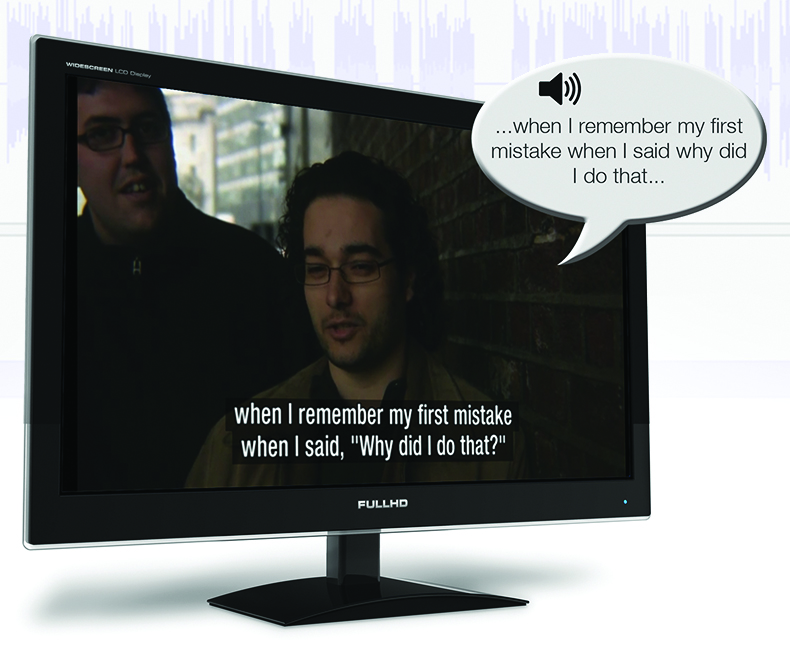At IBC Screen Systems will show its OTT/Web subtitling solution that can now successfully subtitle live web video regardless of player. The company just announced last week that they will be offering a real-time demonstration of their live web video subtitling solution at IBC. Last year the company

announced the launch of the development of a method for served web video playback to ensure that subtitles are always displayed in the position and style intended on web and OTT content, whilst allowing viewers to select from several language streams without the need to re-encode the video or host multiple copies of media.
A new much sought-after solution to subtitling live web video has just been developed by the company, and will be demonstrated at IBC. One example will be of a linear broadcast simulcast on the web.
In a live web video the player cannot correctly report the current play position within the video, since this differs for each viewer depending on when they ‘switched on.’ Additionally, each viewer may choose to pause or rewind live video streams (if this feature is provided). Screen has therefore developed a different synchronisation mechanism, while still using image-based subtitles from a separate server. In Screen’s solution, some low bandwidth timing information is added to the video stream and used to synchronise subtitles to the frames of video the viewer is watching. The ‘script’ at the viewer’s device can obtain the current frame's time value from the video stream and use it to determine when subtitles, should be displayed from the subtitle server.
Screen says an advantage of this solution is that the same general mechanism of image based subtitles held on a separate server can be used for consistent broadcast quality subtitling of both VOD and live web video.
Also at IBC will be Screen’s 1RU platform used by the PolistreamBLACK system supports the full range of Polistream interface cards, providing a flexible, broad range of configurations using a minimum number of platforms. The system now uses DVB Bitmaps at sub-pixel level to generate high quality subtitles and the decoder technology is in place for producing them in 4K.
Also new from Screen is the WinCAPS Script Extractor for subtitling or dubbing customers who rely on using scripts to increase their productivity. This product extracts ‘useful payload’ such as speaker identification labels, dialogue, timecodes or feet-and-frames, scene boundaries, and onscreen captions and explanations, to assist translation.
The professional video industry's #1 source for news, trends and product and tech information. Sign up below.

For audio/video description, Screen has developed an output driver for Polistream which connects internally in the same way as all other output encoders. This specialist module receives ‘subtitle texts’ and renders them using SAPI 5 to drive a Text-to-Speech engine to produce an audio snippet. The company has also developed a module for its MediaMate offline processing framework that allows ‘subtitle text’ files to be rendered to 48 kHz stereo WAV files.
Finally, Screen has developed the HbbTV Toolbox that integrates closely with the Icareus headend platform allowing a host of applications and features to be delivered including high profile advertising and sponsorship features.
Stand 1.C49
